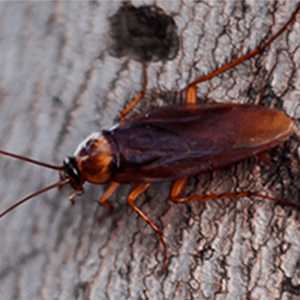
AMERICAN COCKROACH (Periplaneta Americana)
The American Cockroach generally lives in moist area. They feed and live-in areas where dangerous bacteria occupy, such as the bathroom, drainage, and dumpster. They transform the microbes form there to food preparation and serving areas.
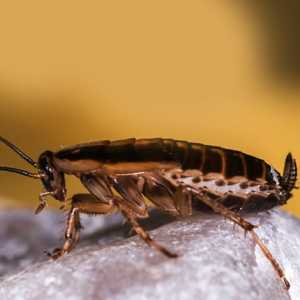
GERMAN COCKROACH (Blattella germanica)
German cockroach is very dangerous when they invade your home. They carry viruses, bacteria, and parasites in the body and faces that can cause diarrhoea, vomiting, salmonella, and other serious health problems.
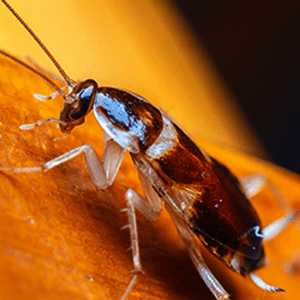
BROWN BANDED COCKROACH (Supella longipalpa)
Brown Branded Cockroach is closely associate with human being and the potential to affect our health, and it is an important source of allergens. It doesnot require moisture resources to survive and capable to sustain in furniture, wall and, on ceilings. They will eat both organic and inorganic materials as starchy materials, wall paper, glue, paste, stamps and even nylon stockings.
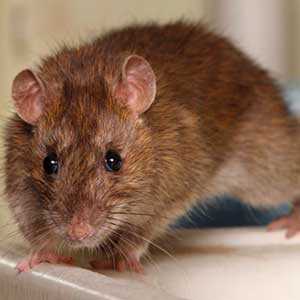
ROOF RAT (Rattus rattus)
Roofed rat is medium sized with relatively large ears. It is obviously dangerous to health and safety by transmitting many diseases to humans and pets. These diseases include leptospirosis, salmonellosis, rat bite fever, murine typhus, plague, toxoplasmosis, and trichinosis.
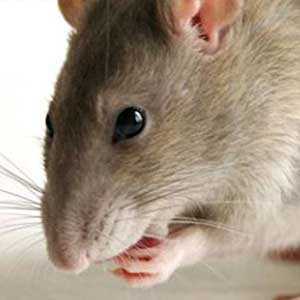
HOUSE MOUSE (Mus musculus)
Dangerous and destructive pest. Unlike other pests, rats are not dangerous to their bites, stings or toxins, but to health hazards from the diseases they carry. Mostly hide and breed inside the house
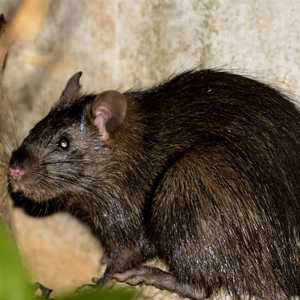
BANDICOOT RAT: BANDICOTA INDICA
Bandicoot rat is an aggressive burrower often seen in outside. Large and aggressive bandicoot rats places its guard hairs on their backs and growl when disturbed. If it is caged with other bandits, it is likely to fight death within a few hours.
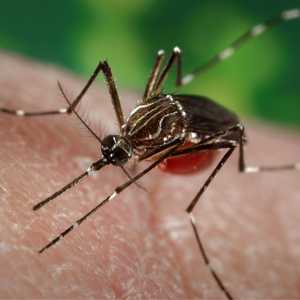
AEDES AEGYPTI
The Yellow Fever Mosquito or Aedes Aegypti transmits a wide variety of viruses to humans, is the primary vector of yellow fever, and causes chikungunya, dengue, syphilis.
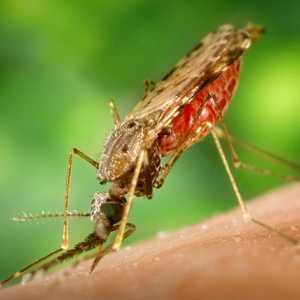
ANOPHELES SPP
The mosquito which is very active in night time. It breeds in organically polluted water. IT transmitted the parasites that causes Malaria, which is a tropical disease, a serious and sometimes life-threatening disease. It kills more than 445,000 people a year, many of them children in Africa.
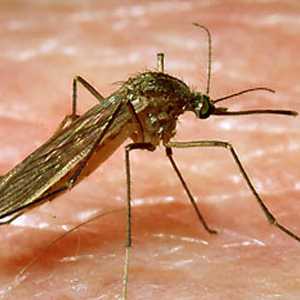
CULEX SPP
Various Culex Species Vector Western Equine Encephalitis, Eastern Equine Encephalitis, West Nile Virus - These viruses can seriously infect unsafe horses and spread to humans through mosquito bites.
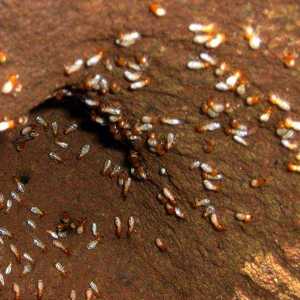
SUBTERRANEAN
It lives in underground soil in large colonies populated more than million. Subterranean termite can build tunnel/ mud tubes in soil and can infest the wood in contact. Even small a termite can eat up to 1 foot of 2, 4 pieces of firewood in 5-6 months. This species damage more than half a million homes each year around the globe.
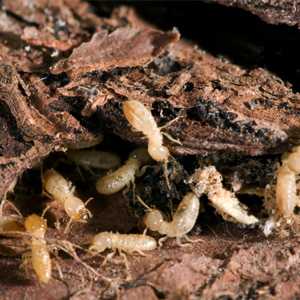
DAMP WOOD
Build colonies on wood, no contact with soil is required. It is not expected to have a significant economic impact. They are very rare in dry wood.
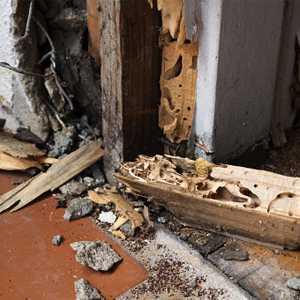
DRY WOOD
Build a colony with wood, no contact with soil is required. Poppy seeds appear as droplets. These termites cut the wood directly and make their nests in the wood itself.
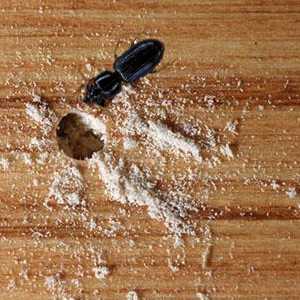
WOOD BORER
Build nests in wood, contact with soil is not required. Confuse with dry wood termite attack. Powder droppings and circular holes separate the woodcutters from the dry wood.
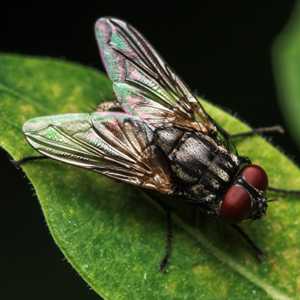
FLIES
Common species are house bees, fruit bees, and drain bees. Raises animal waste and decayed material and lays eggs in batches. They carry hundreds of pathogens and can cause hepatitis A, typhoid, and amoebic dysentery.
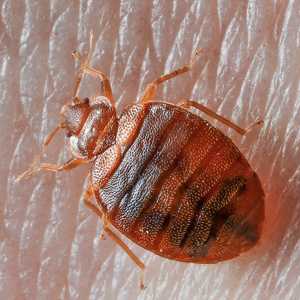
BED BUGS
Common pests of humans are those that drink the active blood of warm-blooded animals. Adults are rusty red, oval, wingless. Their body is flat and can be easily covered. Nymphs and adults drink blood and are active at night.
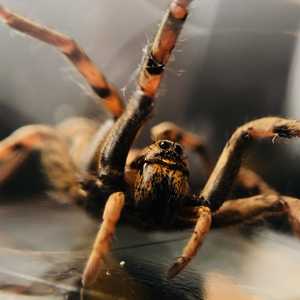
SPIDER
Spiders are eight-legged air-breathing arthropods. They are the largest order of arachnids, ranking seventh in total biodiversity in the order of other species. Most species create webs every day.
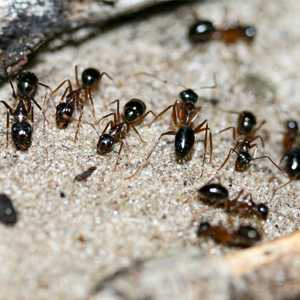
ANT
As they travel from the hive to the food, the ants secrete pheromones, and vice versa find the shortest way to communicate with each other. Ants are social insects, that is, the queen lays eggs and the workers find food, protect and care for the nest.

